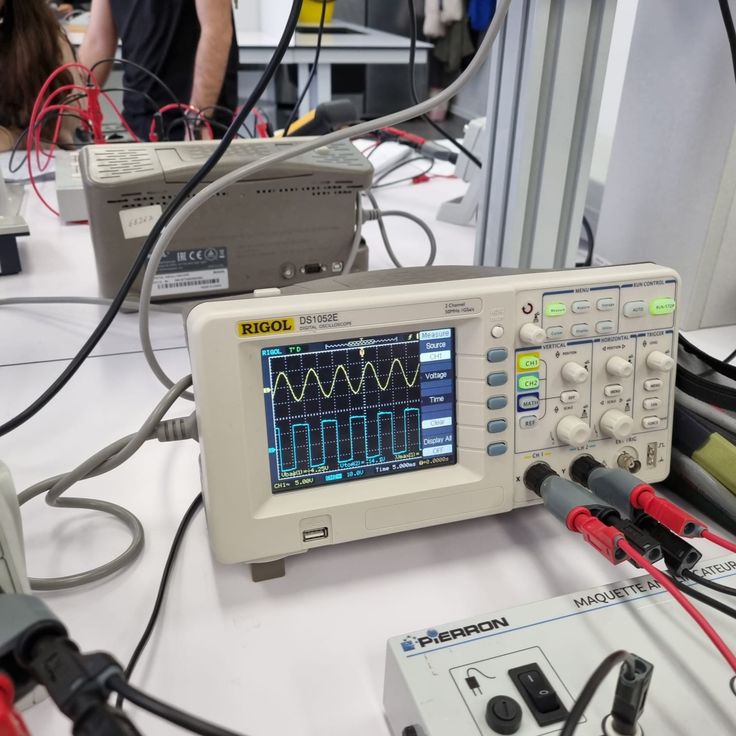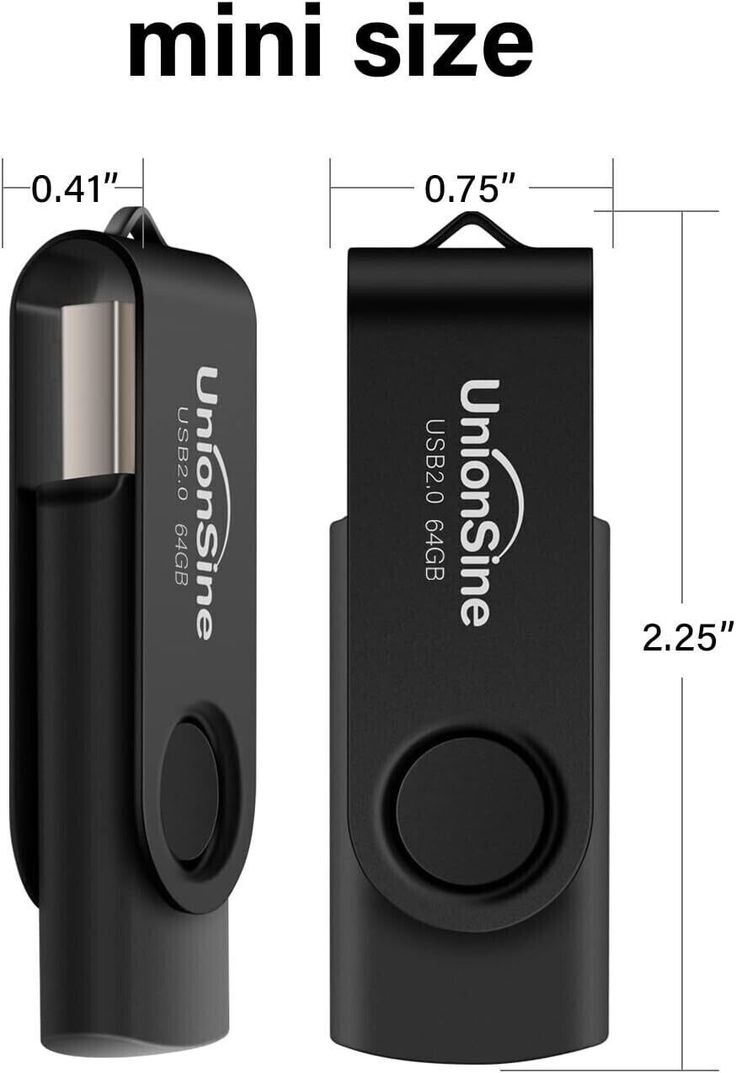Experimental physicists rely on DIY tools made of microcontrollers and boards made of cardboard and cork. Insights into a creative physics lab.
CERN is a premier research institute. The Large Hadron Collider (LHC) is the world’s largest particle accelerator, located on the Swiss-French border with a circumference of 27 kilometers. The total area of about 700 buildings on the campus of the European Center for Nuclear Research is 44 hectares, the same size as the Vatican. Other research projects are also impressive in terms of their scale. The 66 telescopes of the ALMA network (Atacama Large Millimeter/submillimeter Array) in the Chilean desert cover an area the size of a football field. The magnetic field cage of the Wendelstein 7-X fusion reactor in Greifswald is about six meters.
This runs counter to the reality for most experimental physicists: a typical research lab is somewhere between a spacious living room and a student apartment. Research funding is tight, so physicists have to get creative to save money. This is reinforced by the innate playfulness of many experimentalists.




